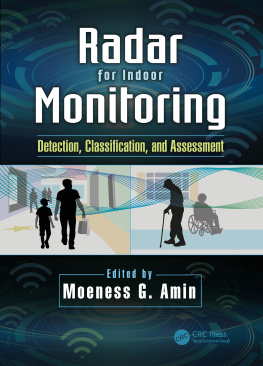Borje Wallin - The Adlard Coles Book of Radar
Here you can read online Borje Wallin - The Adlard Coles Book of Radar full text of the book (entire story) in english for free. Download pdf and epub, get meaning, cover and reviews about this ebook. year: 2013, publisher: Bloomsbury Publishing, genre: Home and family. Description of the work, (preface) as well as reviews are available. Best literature library LitArk.com created for fans of good reading and offers a wide selection of genres:
Romance novel
Science fiction
Adventure
Detective
Science
History
Home and family
Prose
Art
Politics
Computer
Non-fiction
Religion
Business
Children
Humor
Choose a favorite category and find really read worthwhile books. Enjoy immersion in the world of imagination, feel the emotions of the characters or learn something new for yourself, make an fascinating discovery.
- Book:The Adlard Coles Book of Radar
- Author:
- Publisher:Bloomsbury Publishing
- Genre:
- Year:2013
- Rating:4 / 5
- Favourites:Add to favourites
- Your mark:
The Adlard Coles Book of Radar: summary, description and annotation
We offer to read an annotation, description, summary or preface (depends on what the author of the book "The Adlard Coles Book of Radar" wrote himself). If you haven't found the necessary information about the book — write in the comments, we will try to find it.
collision avoidance either with the land or with other vessels. But
used by an informed operator it is an immensely valuable navigation
tool - especially in poor visibility. GPS will tell you where you are,
but it wont tell you if theres another boat in that spot!
Rather than taking a theoretical, academic approach, this book is
highly practical and hands on - complementing the radar owners manual
and explaining what the operator really needs to know when faced with actual situations at sea.
Packed with illustrative photos, charts and radar screen shots, this
book gives guidance from a real life, on-the-water perspective, and
will enable readers to solve problems on the spot.
Borje Wallin: author's other books
Who wrote The Adlard Coles Book of Radar? Find out the surname, the name of the author of the book and a list of all author's works by series.















 Echosounder, which gives you the depth.
Echosounder, which gives you the depth.









